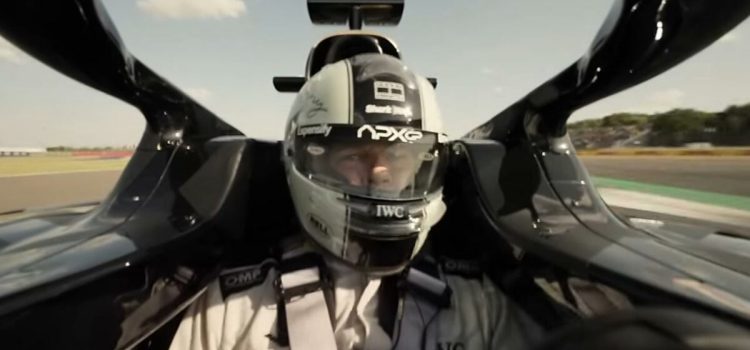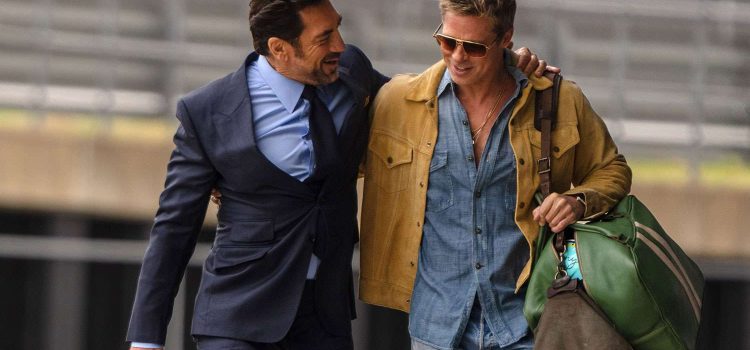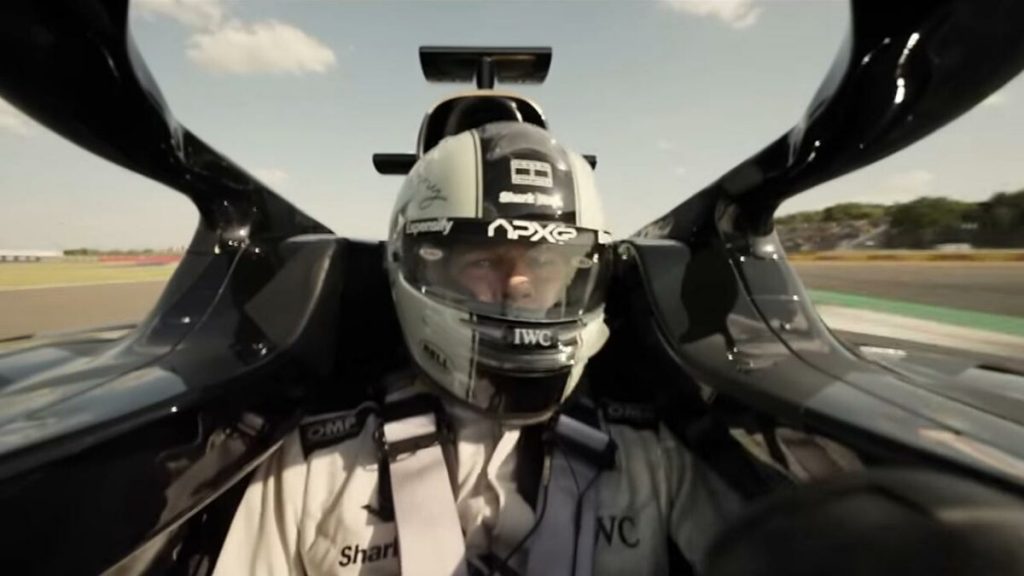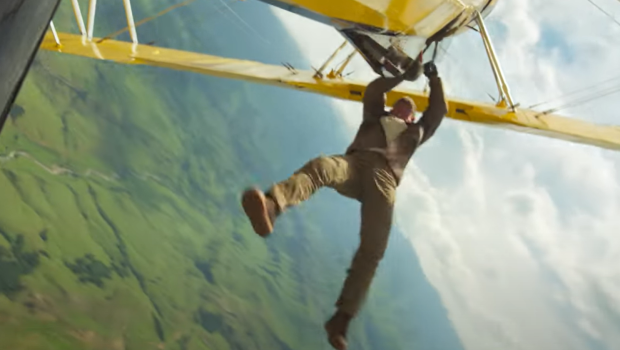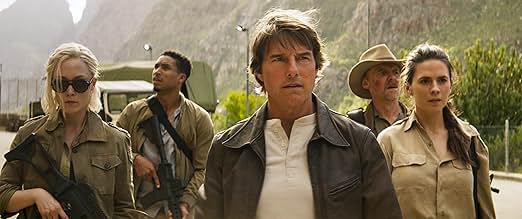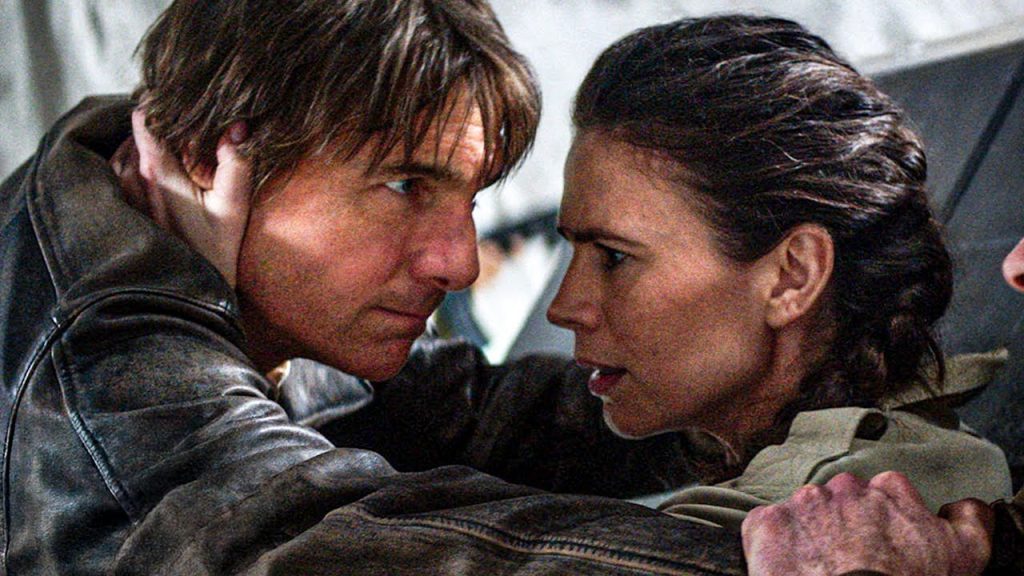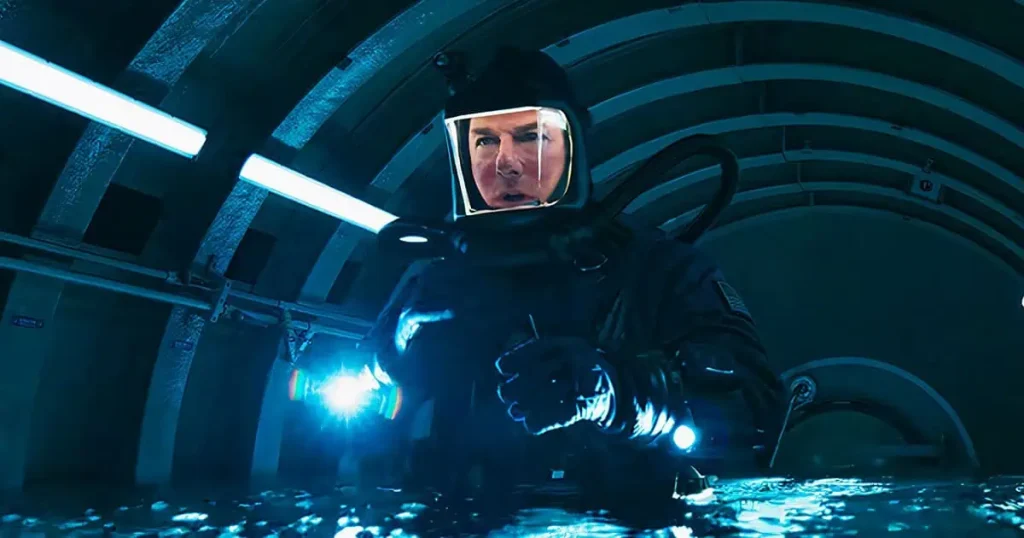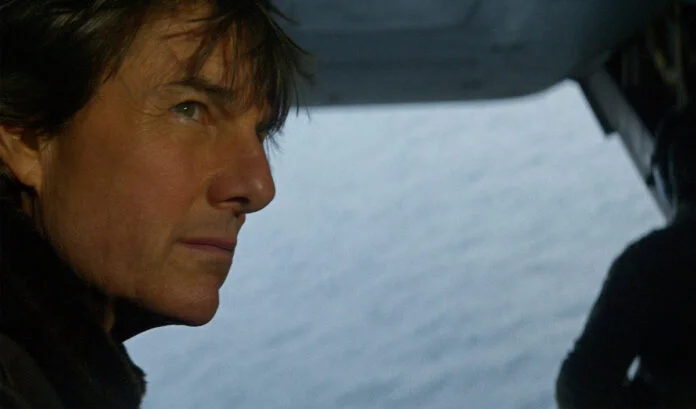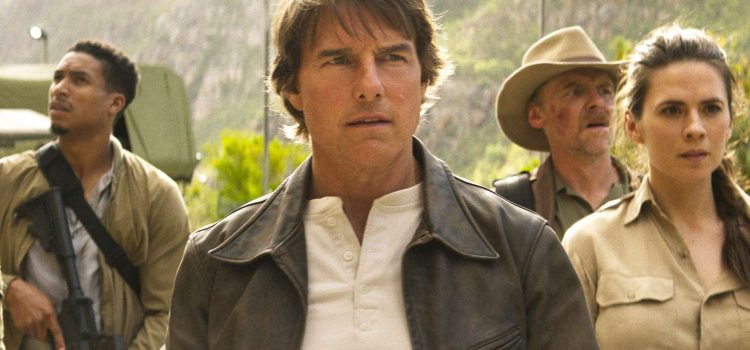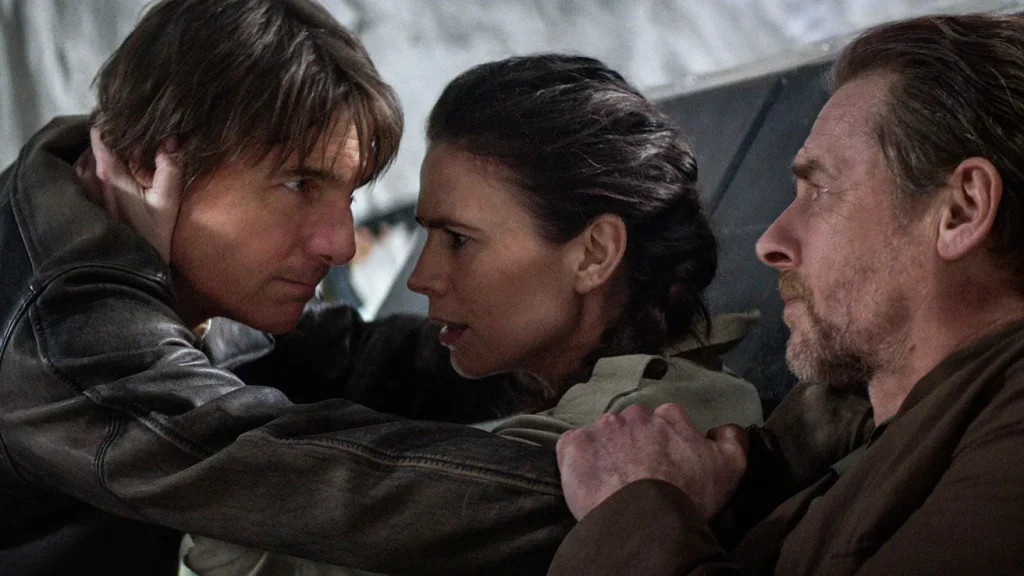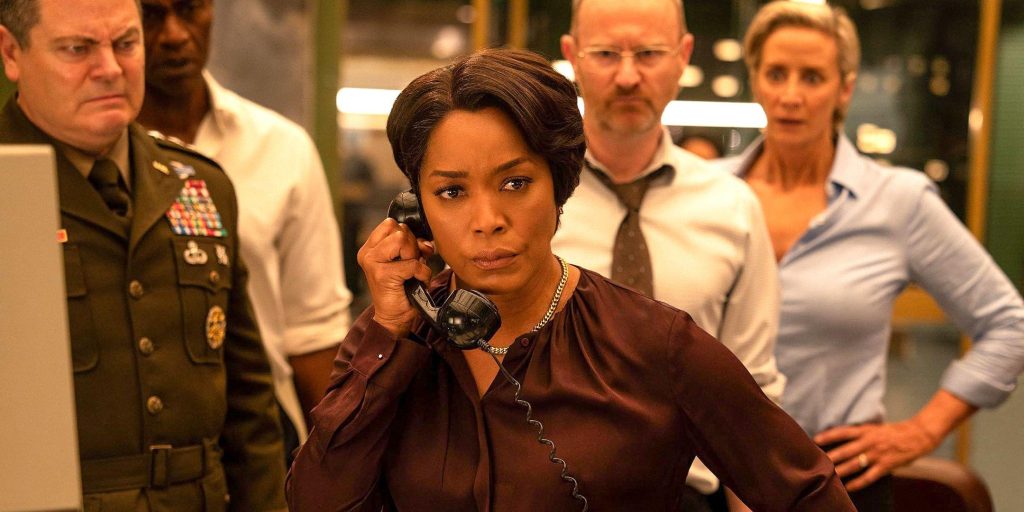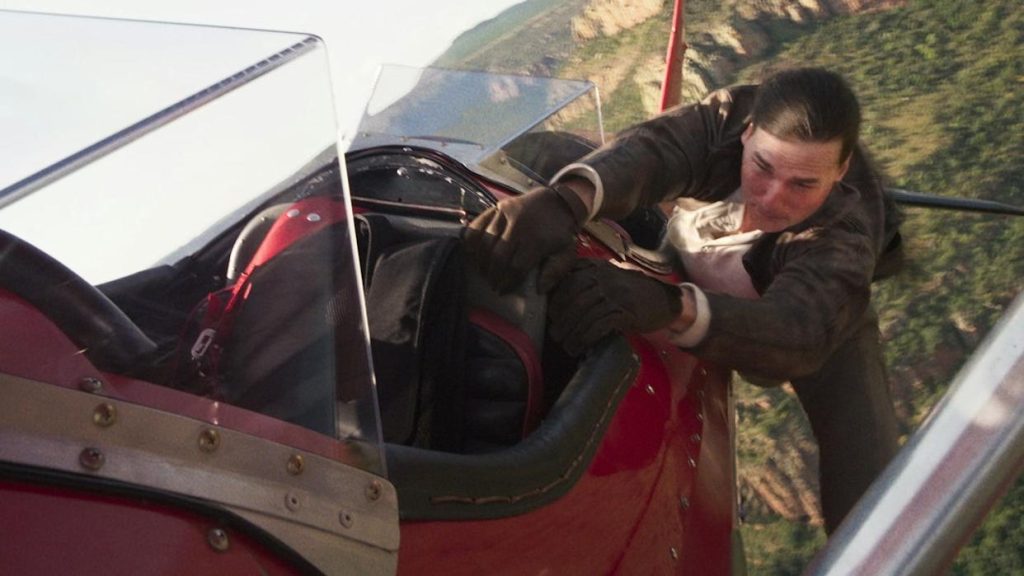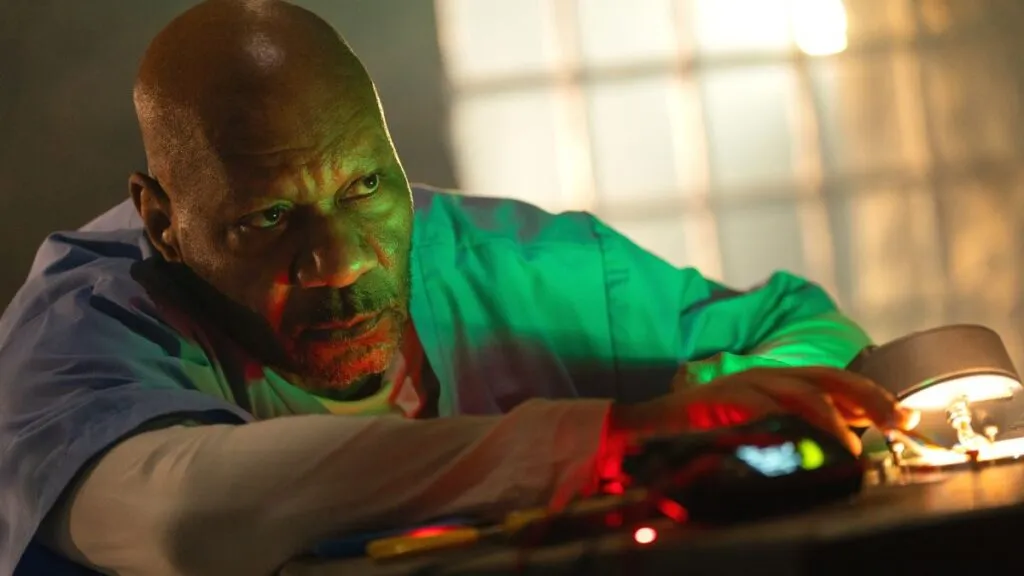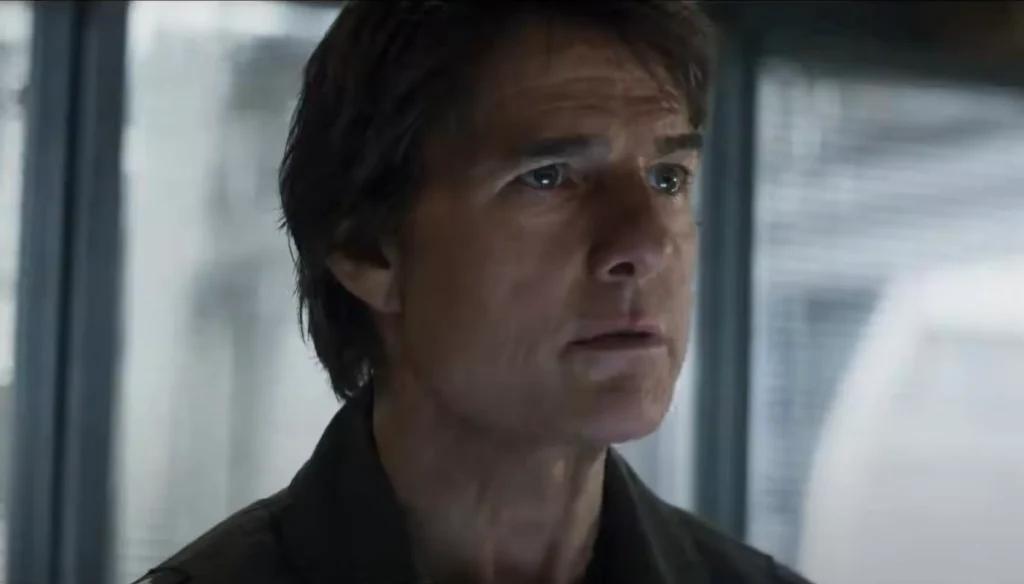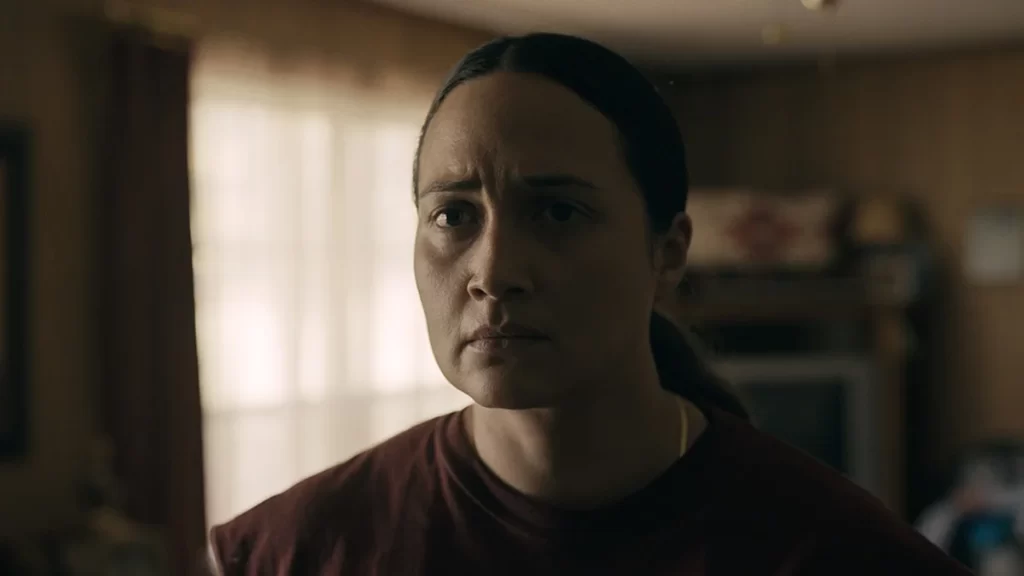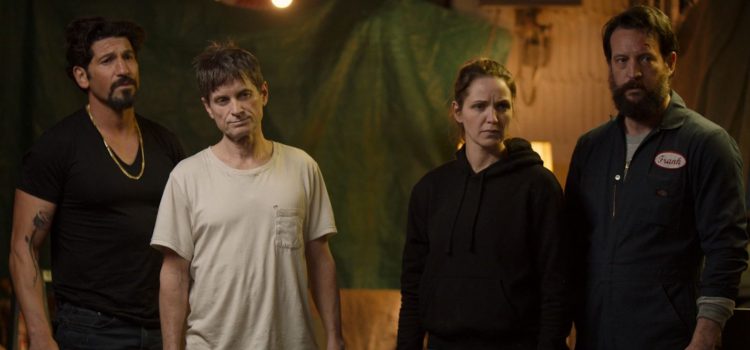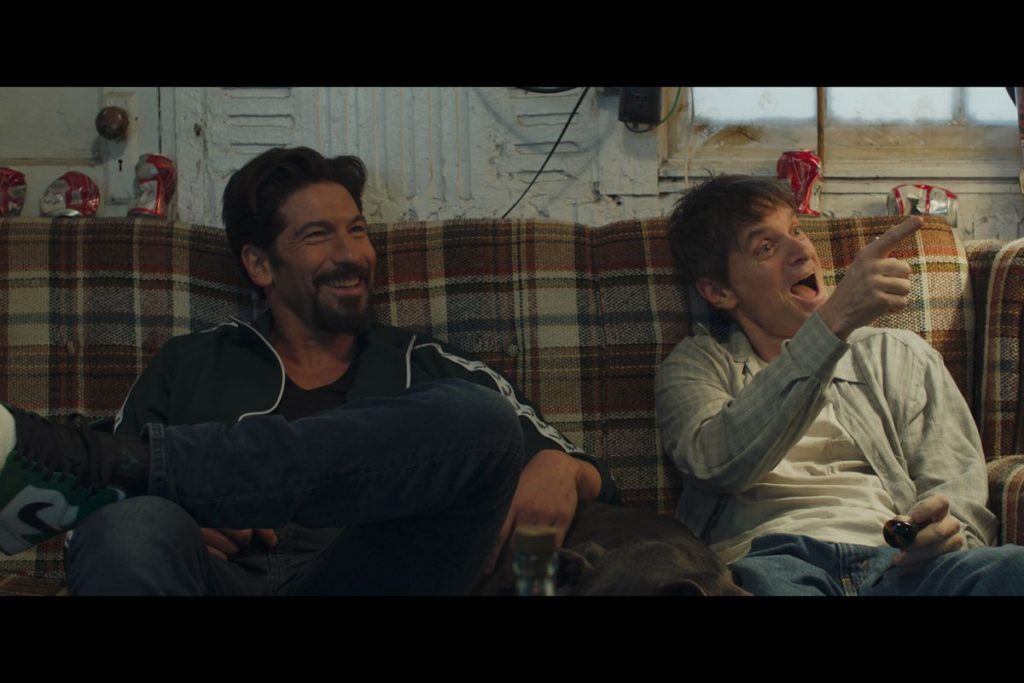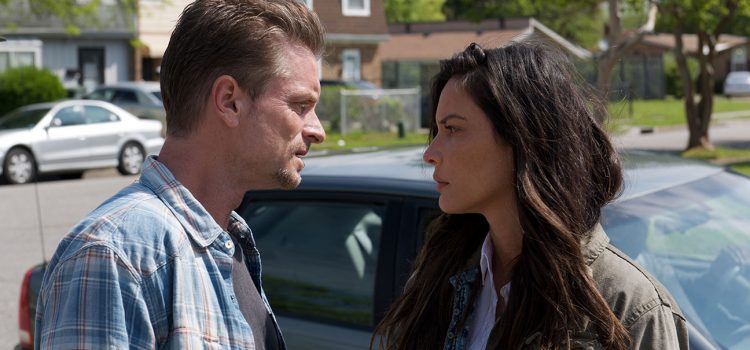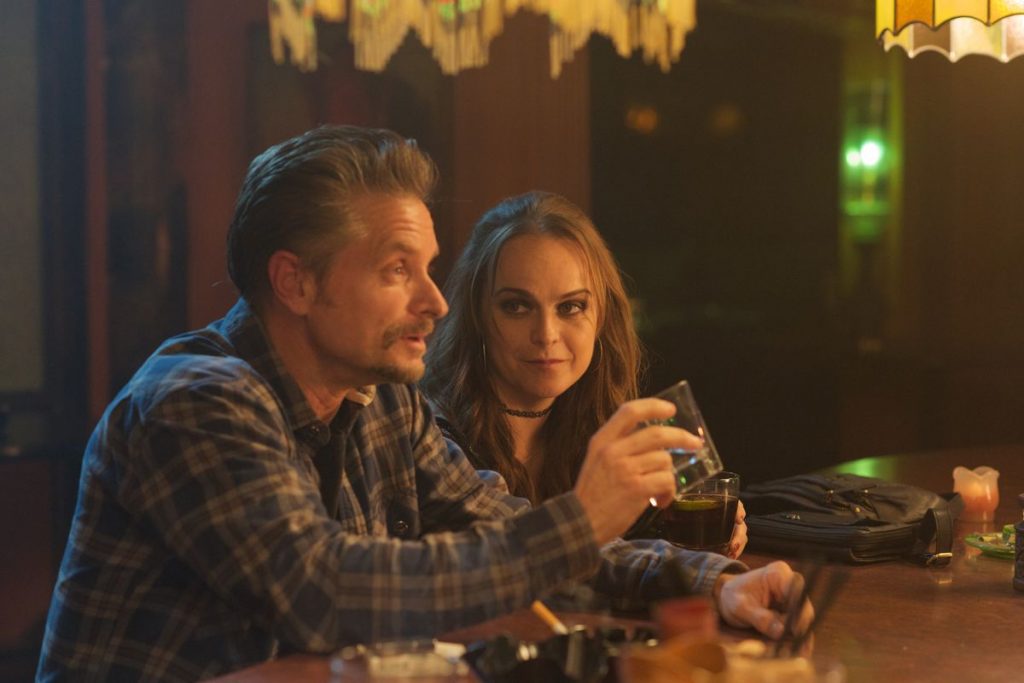By Alex McPherson
Loud, exciting, and about an hour too long, director Joseph Kosinski’s “F1: The Movie” coasts on Brad Pitt’s starpower and bursts of directorial panache within a narrative framework that leaves deeper thought in the dust.
Kosinski, who previously directed 2022’s excellent “Top Gun: Maverick,” opts for a similar story yet again — an aging professional past his prime coming back into the fold to mentor the next generation and conquer deep-seated traumas, looking effortlessly cool while doing so.
Sonny Hayes (Pitt) was once a Formula One prodigy with his teammate and buddy Rubén Cervantes (Javier Bardem). Sonny suffered severe injuries from a crash at the Spanish Grand Prix, which promptly took him out of commission. In the following years, Sonny embraced a nomadic lifestyle, going through three divorces and becoming a gambling addict living in a trailer. He travels from race to race seeking that ineffable high he gets from driving really fast and really dangerously.
After Sonny wins the 24 Hours of Daytona, Rubén shows up and offers (practically begs) him to join his F1 team, “APXGP,” and fill a spare seat that’s been turned down by several other drivers. The team’s life and Rubén’s career are in jeopardy.
Rubén discloses that the investors will sell the team if they cannot win one of the year’s nine remaining Grand Prix — and Rubén instructs the quietly arrogant Sonny to mentor the young rookie Joshua Pearce (Damson Idris).
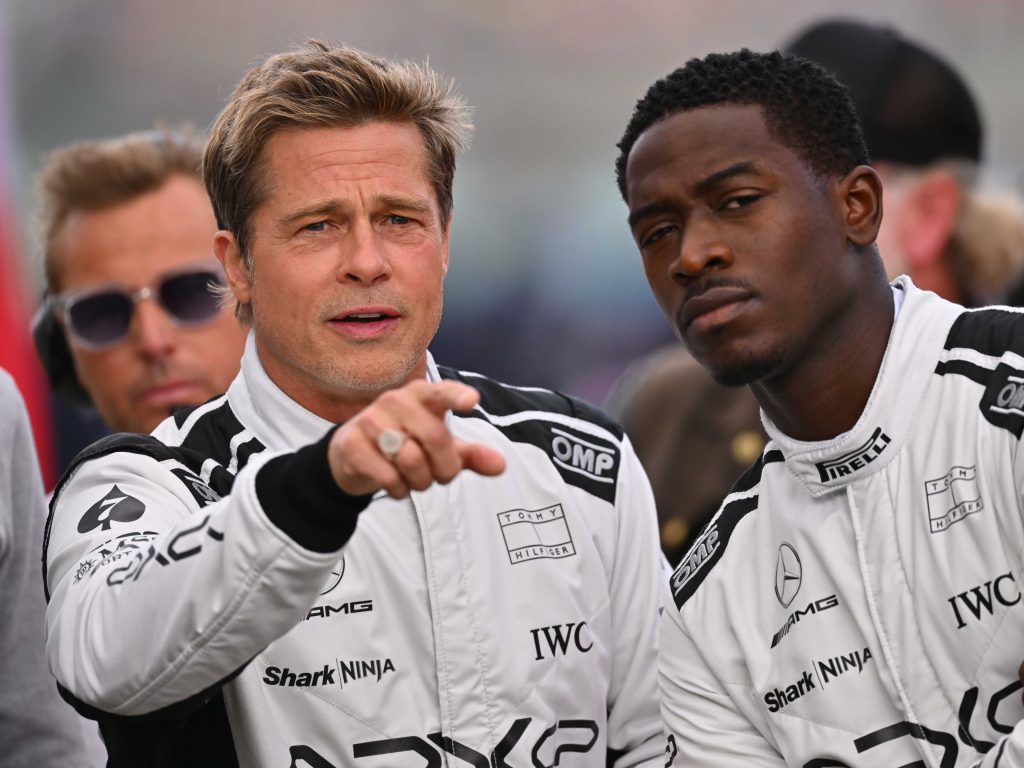
Sonny, enticed by the possibility of becoming “the best in the world,” signs onto APXGP. Despite his skills behind the wheel, Sonny quickly discovers that he’s in over his head, and that his mentee-turned-rival Joshua isn’t exactly enamored with cooperation.
Joshua sees Sonny as another obstacle to overcome in his own search for glory in the sport and in the public eye. Sonny also meets the determined team technical director Kate McKenna (Kerry Condon), and, surprise!, they’re quickly drawn to each other.
But Sonny’s technique around the track is unconventional and unsuccessful from the jump, instilling doubt in Rubén and the team’s smarmy investors. Can Sonny adapt, cooperate, and achieve the victory he craves, maybe scoring a new girlfriend along the way? Can Joshua learn to look beyond himself and see the bigger picture? Should we expect any sort of substantial dramatic arc for any of these characters?
The answer to that last question, in the case of “F1: The Movie,” is a resounding “no.” And that’s perfectly fine — the film delivers the expected blockbuster goods (thrilling racing sequences, beautiful people looking cool, the cable-ready “Dad Movie” appeal).
What’s missing, though, is a tangible identity, rendering Kosinski’s film a well-oiled PR stunt for Formula One, and for Pitt himself, draped in appealing Hollywood sheen that remains undeniably easy to watch.
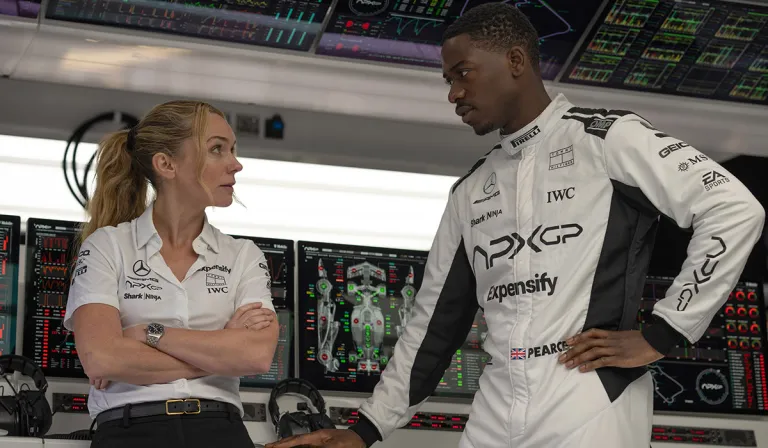
Pitt, like Tom Cruise, is a bonafide movie star, and “F1: The Movie” gives him plenty of opportunities to look like a badass and inject some verve into Ehren Kruger’s earnest and cornball screenplay. Pitt brings a weathered melancholy that suits Sonny’s character well. Bad Boy instincts collide with self-doubt and a spiritual emptiness that only resolves behind the wheel.
If only Kosinski and Kruger were willing to swerve in more interesting directions with his character. “F1: The Movie” is largely content to go through the motions, brushing over some potentially compelling yet unexplored aspects of Sonny while painting some uncomfortable parallels between Sonny’s controversial history and Pitt’s own. Indeed, one wonders if the requisite victory at the film’s conclusion is actually for Sonny or for Pitt.
The rest of the ensemble brings requisite charm — especially Condon and Sarah Niles as Joshua’s mother. However, the actors can only do so much with characters more resembling cutouts than three-dimensional people.
Idris embodies Joshua’s swagger and egotism effectively, but“F1: The Movie” still paints Joshua’s story in broad strokes, often undercutting character development through music video-esque montages backed by Hans Zimmer’s (admittedly invigorating) techno score.
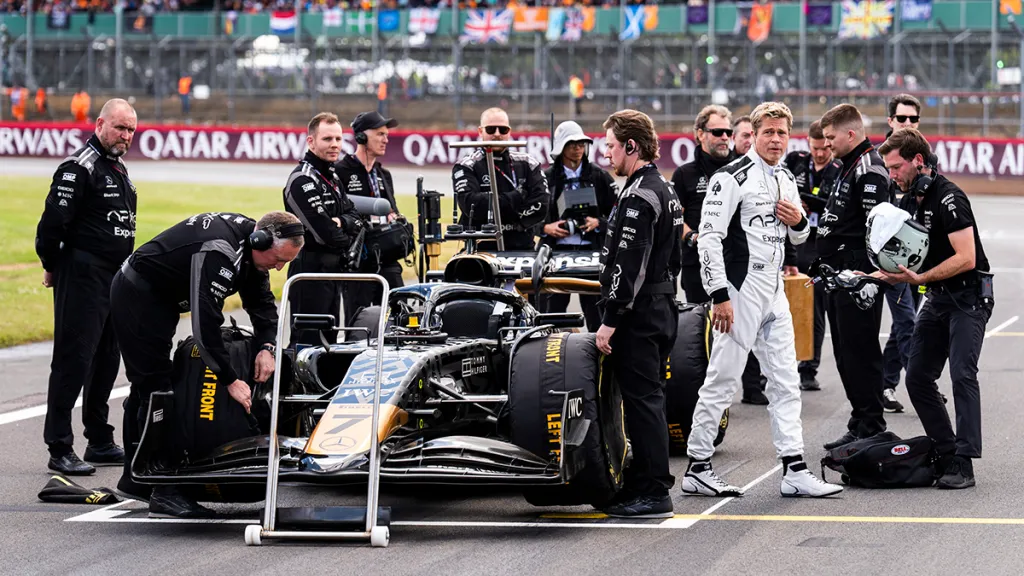
Fortunately, most viewers go into “F1: The Movie” looking for spectacular racing sequences, and Kosinski — partnering again with cinematographer Claudio Miranda — does not disappoint.
The film’s races (mini stories themselves within the larger narrative) were filmed during actual Formula One races, with Pitt and Idris behind the wheel, and with a new camera system pioneered by Miranda that puts viewers in the cockpit with them, aiming to capture an unmatched sense of speed and immersion.
This succeeds, for the most part, although Stephen Mirrione’s editing cuts from shot to shot with a tempo that prevents us from fully getting into drivers’ headspaces. The near-constant racing commentary and reaction shots (outright explaining what’s happening on-track, along with some “interesting” intricacies of the sport) also break up the action to a distracting degree, falling into workmanlike tropes that pull away from the film’s experiential achievements. Still, it’s enjoyable to watch these sequences in a theater — in a handful of scattered moments, “F1: The Movie” roars like summer blockbusters should.
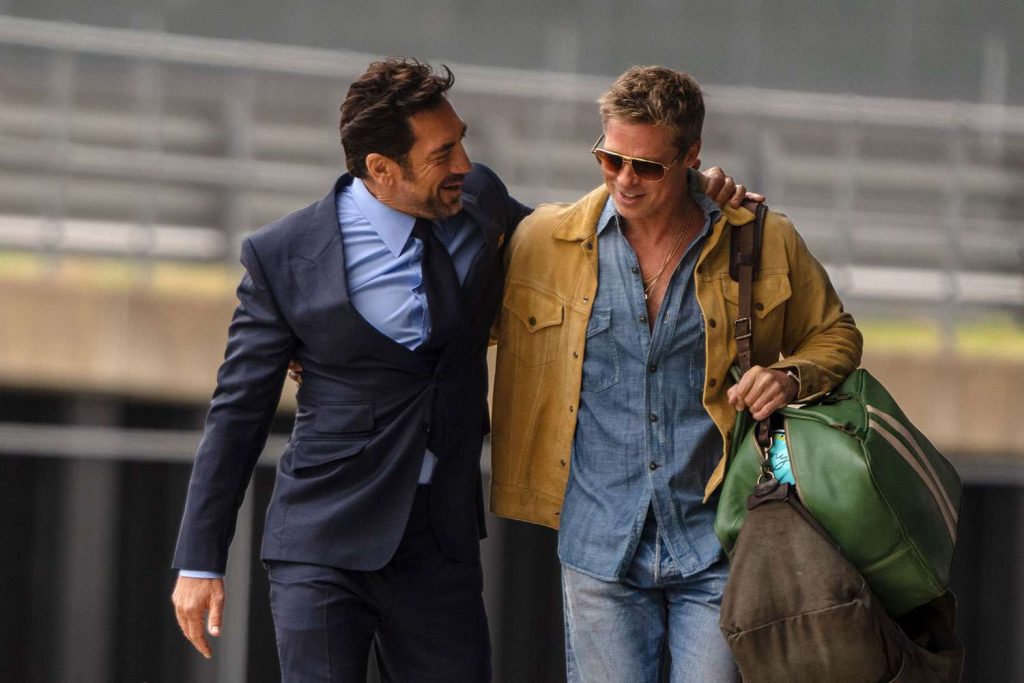
Yet Kosinski’s film couldn’t exactly be called “memorable,” nor particularly successful aside from its technical prowess. “F1: The Movie” ultimately lacks what “Top Gun: Maverick” has in spades: heart.
“F1: The Movie” is a 2025 sports action drama directed by Joseph Kosinski and starring Brad Pitt, Damson Idris, Javier Bardem, Kerry Condon, Shea Wigham, Tobias Menzies, Samson Kayo, and Sarah Niles. It is rated PG-13 for strong language and action and its runtime is 2 hours 35 minutes. It opened in theatres June 27. Alex‘s Grade: C+
Alex McPherson is an unabashed pop culture nerd and a member of the St. Louis Film Critics Association.

